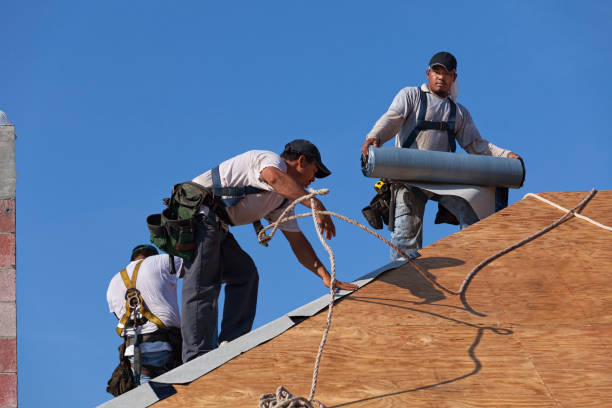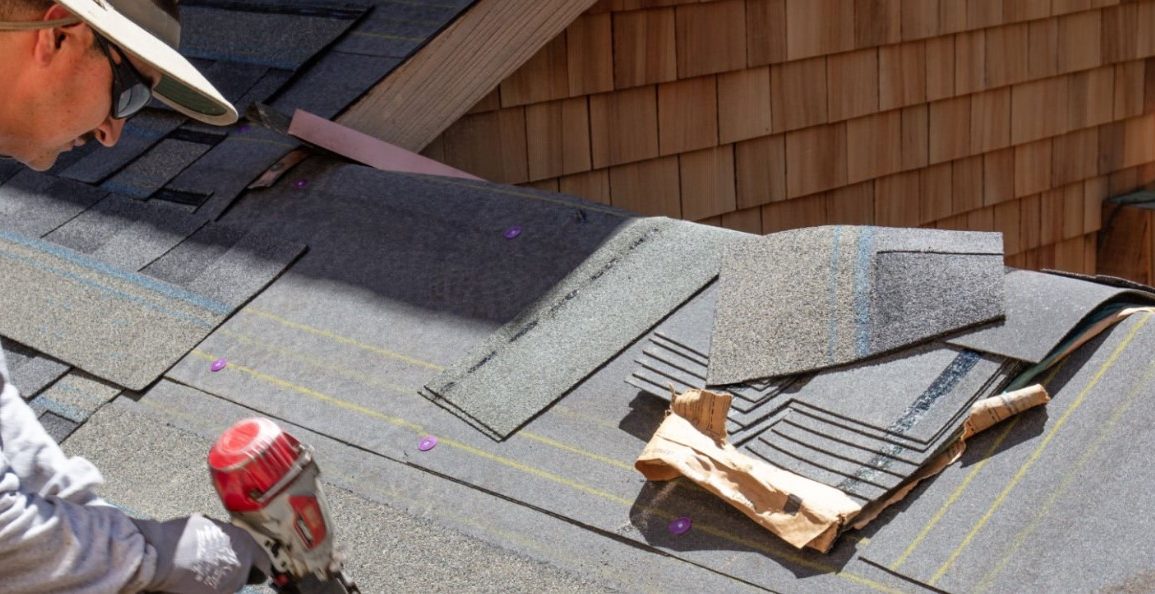As the sun beats down relentlessly in Florida, the roofers brace for another day working under extreme conditions.
Starting their shifts at 7 a.m., they aim to complete as much of their work as possible before the scorching heat and humidity reach their peak.
With no shade to offer relief, the temperatures on the roof feel much higher than what the thermometer reads—up to 120°F instead of the reported 95°F.
Despite the grueling work, the pay is based on the amount of work completed rather than hourly wages, pushing the crew to continue laboring through fatigue, dizziness, and soreness.
Atlanta, who has spent 20 years working outdoors in Central Florida, says that the heat has only worsened over time. “Heatwaves used to start in May, but now we feel them as early as January,” she explained.

This alarming trend is supported by recent climate data. Florida now holds the title of the hottest state in the U.S., with an average temperature of 74.1°F over the past 15 years, a direct result of climate change.
The climate crisis has made extreme heat five times more likely in the region. Despite these conditions, workers like Atlahua face serious gaps in heat protection.
Earlier this year, Florida passed a law preventing local governments from establishing heat safety measures, leaving workers to fend for themselves.
Employers are required to provide water and shade, but Atlahua and her co-workers often receive neither. Instead, they manage by bringing their water with added electrolytes to combat dehydration.
Without proper support, the physical toll of working in such harsh conditions is immense. Atlahua calls for more awareness and patience from employers to protect workers’ health as climate conditions continue to worsen.

